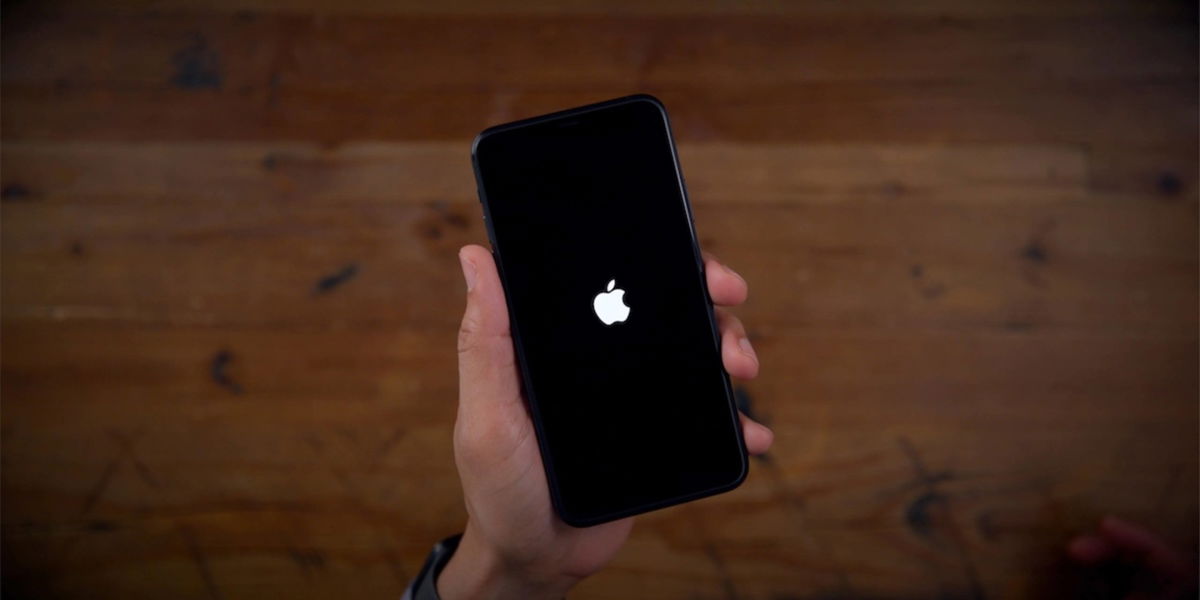One of the most important areas of information in terms of privacy protection is that of our browsing habits. This is so, because, while browsing the net, just by seeing which pages we visit, a lot of information can be extracted from our tastes and preferences. This, at the same time, makes it very valuable and very attractive information to any business that can access it. This is where Private Relay comes in.
Still Apple can’t know what we’re visiting
Private Relay, which is part of iCloud +, protects our browsing from the various intermediaries that make up the network between us and our destination site. When we establish a connection with Applesfera, our browser asks the servers that host the page to send it to it. This link is seen by our router, and the one who controls it, and, among others, by our operator
Private Relay also offers us greater confidentiality vis-à-vis the owners of the sites we visit. It is evident that by the time we log in the system knows exactly who we are and what we are seeing, but in the places where we are as guests a point that can identify us with great precision is the IP address.
Presentations on the points to be covered by Private Relay, let’s explain, in a synthetic way, how it works. The system solves, in the same step, the two points that we have just commented on and it does everything redirect our traffic through two relays, two servers.

Private Relay is designed using, as they say, two servers. The first one we connect to is owned by Apple, while the second is owned by a trusted partner. The navigation is encrypted so that the first server knows who we are, but not where we are going, while the second knows where we are going, but not who we are
Protection for public Wi-Fi networks and, ultimately, against anyone between us and the websites we visit.
Overall, the net result is that no one, not even Apple, can see the websites we visit. All network operators, including our operator, only see an established connection to Apple’s servers. At the same time, the websites we visit only see the IP of the second server, not ours, so they lose an important tracking factor. An IP, which, in addition, could have been used to geolocate us and which will now only give the generic location of the second server.
Currently, Private Relay is in beta and only works in Safari and in all connections that apps make through insecure protocols, such as http (as opposed to https). Activar iCloud private relay
- In the Apple menu () we choose System Preferences.
- We played on Apple ID.
- we activate Private relay.
On our iPhone or iPad activate this important protection it’s just as easy for our privacy. We are doing it :
- We open the app Settings on our iPhone or iPad.
- We touch our name at the top.
- We played on iCloud.
- We played on Private relay.
- we activate Private relay.
Private Relay is also designed for does not affect the speed of our internet connection. This is made possible by the fact that Apple works with partners who are able to offer servers that are very well distributed geographically, so we will always have one relatively close to our location.
While it is true that some operators prevent Private Relay from operating on their mobile networks, we hope that more and more will allow us to browse privately. Private Relay is a system that protects us on many fronts, and all thanks to the fact that by design no one, not even Apple, can know which sites we are visiting.









